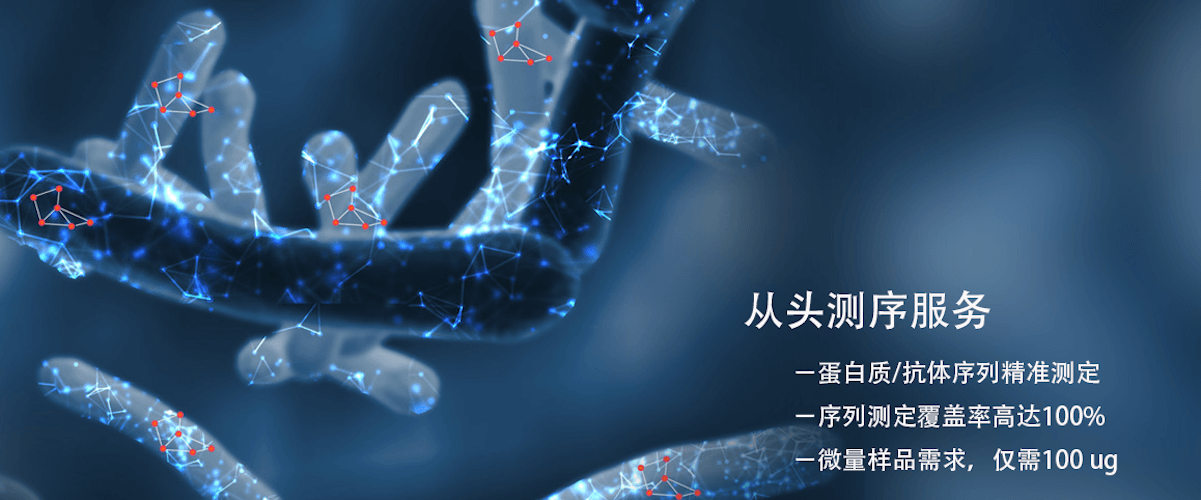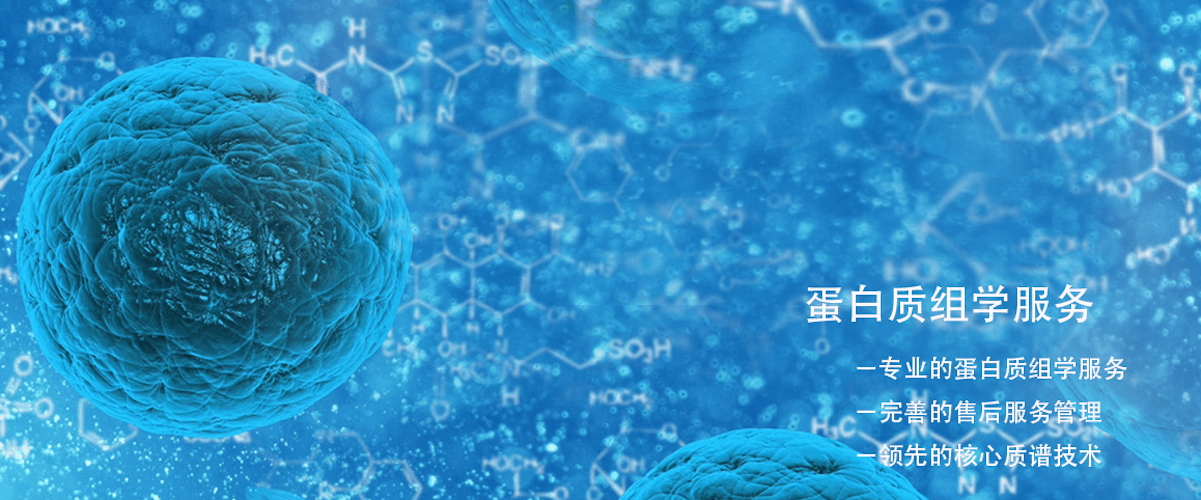Principle of De Novo Protein Sequencing
The principle of de novo protein sequencing involves directly analyzing protein molecules to identify the amino acid sequence of unknown proteins without relying on known DNA or RNA sequence information. Typically, de novo protein sequencing relies on mass spectrometry (MS), especially tandem mass spectrometry (MS/MS), as its core technology. In this process, proteins are usually enzymatically digested into smaller peptides, which are then ionized and further fragmented in the mass spectrometer. By analyzing the mass-to-charge ratio of these fragment ions, the amino acid sequence of the peptide can be deduced, and the entire protein sequence can be reconstructed.
The principle of de novo protein sequencing has been extensively applied in the discovery of new proteins, determination of antibody sequences, and the development of biopharmaceuticals. The precision and effectiveness of this technology benefit from its ability to interpret complex mass spectrometry data and rely on high-performance algorithms and computational tools to solve the inverse problem, inferring the original protein sequence from fragment spectra. Additionally, de novo protein sequencing offers new insights into understanding post-translational modifications, allosteric regulation, and protein-protein interactions. Since the function of a protein is closely related to its sequence, mastering the principle of de novo protein sequencing is of profound significance for exploring biological molecular mechanisms and developing novel drugs. However, de novo protein sequencing also presents certain challenges, such as the demands for complex sample preparation and data analysis.
Common Questions:
Q1. How does de novo protein sequencing address complex post-translational modifications?
A: De novo protein sequencing utilizes advanced mass spectrometry techniques to detect the presence of post-translational modifications (PTMs). These modifications result in characteristic fragment ion patterns in the mass spectrometry data, and analyzing these patterns can infer the type and position of the modifications. Furthermore, specific mass spectrometry methods like tandem mass spectrometry provide high-resolution fragment information, aiding in the identification of complex PTMs.
Q2. How can the accuracy of sequence identification be improved in de novo protein sequencing?
A: Firstly, it is important to minimize contamination and degradation during sample preparation to ensure the purity and integrity of the peptides. Secondly, selecting appropriate enzymatic digestion methods and optimizing mass spectrometer parameters can enhance the resolution and signal-to-noise ratio of the mass spectrometry data. Additionally, using efficient algorithms and database search tools can more accurately interpret mass spectrometry data and identify the correct amino acid sequences.
BiotechPack, A Biopharmaceutical Characterization and Multi-Omics Mass Spectrometry (MS) Services Provider
Related Services:
How to order?





